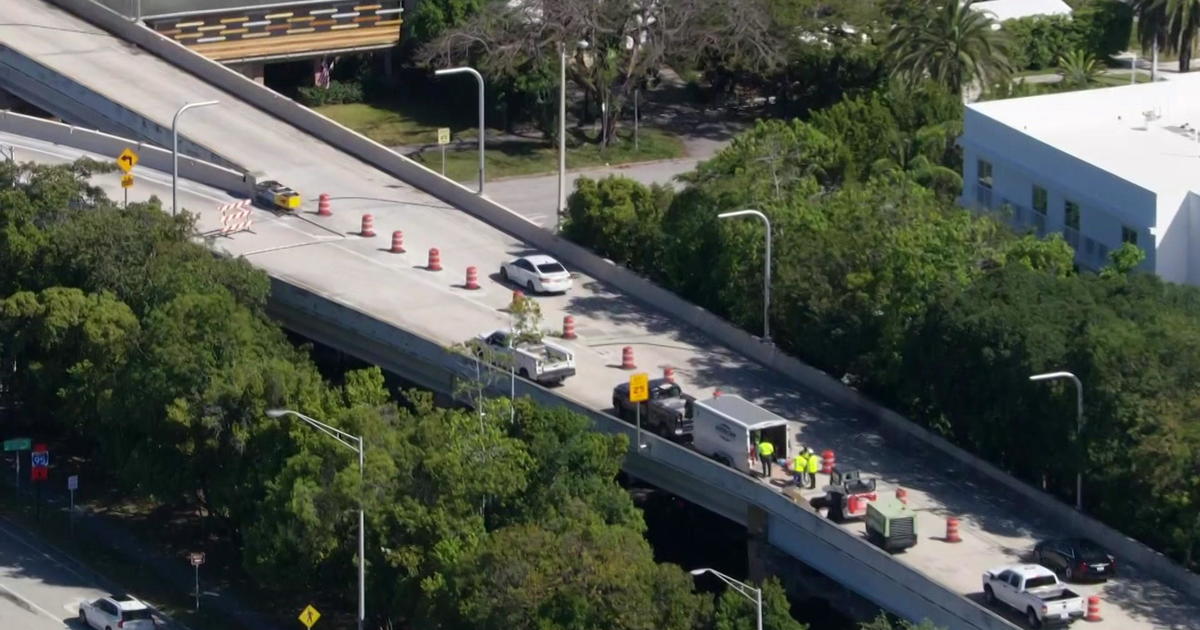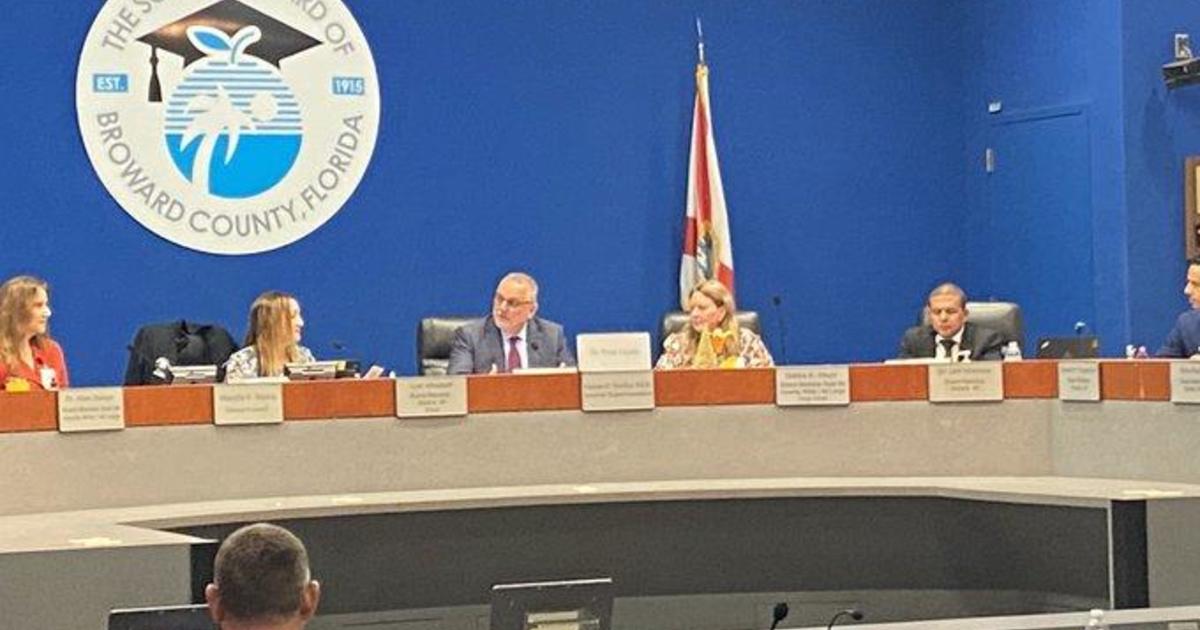Smartphones Play Role In Broward Traffic Light Timing
MIAMI (CBSMiami) - Did you know the smartphone in your purse or pocket is playing a major role in the timing of traffic lights in parts of Broward?
As CBS4s Brian Andrews explains, your smartphone is giving off a signal that's being used to study traffic patterns on what are called "arterials," the roads that feed our major thoroughfares.
You might not notice the tiny devices attached to the poles as you pass by, but they notice you.
Click here to watch Brian Andrews' report.
"This is something that's very cutting edge in the country and we're one of the first areas in the country to start doing this," explained Melissa Ackert, a project manager with the Florida Department of Transportation.
By the end of the year, cameras and data collectors will cover nearly 56 miles of Broward County.
"This is now?" asked CBS4s Brian Andrews.
"Correct," said Ackert. "This is what's coming. Correct."
Ackert oversees the project for the state that is using data such as speeds, volume and travel times to re-time traffic lights on major arteries, based--in part--on the Bluetooth signal emitting from your smartphone.
"It sees you here and it sees you at the next place and calculates the travel time and the speeds based on that distance."
It works by monitoring the factory installed code your phone is always giving off when Bluetooth is enabled.
"You're not going into people's cell phones and you can't say Johnny Smith was doing 90 miles an hour?" Andrews asked Ackert.
"Absolutely not. No, No," Ackert responded. "The algorithms built into the software that the data comes into, it aggregates all that data, that's what we read, the aggregated data, the averages. We're not concerned with just one vehicle, we're concerned with the masses."
FDOT runs all that data through computers to get a digital view of how traffic is moving.
"If there's a crash, speeds will drop dramatically," said Ackert.
And when there's a tie-up, the info is shared with Broward County that controls the timing of the traffic lights.
"They start to figure out the best way to mitigate the traffic by signal retiming," explained Ackert.
FDOT alerts drivers to the problem with the electronic message signs.
"People are able to make a better decision on whether they want to stay the course or take a different route."
For years, the focus was on highways we use to commute between home and work. Now, the focus is on the roads that feed the highways, called arterials, where your drive starts and ends.
"We are starting to define what it means to actively manage an arterial," Ackert said. "We need to understand those flows better so we can do our jobs better."
And they're doing something else that's unique. They're working with local universities to develop software so that computers can evaluate the data and then give feedback to the operators that this is happening and this is what you should do."
For FDOT, the future of traffic monitoring isn't just cameras.
"We're not going to look at video and then hope to find the problem," said Ackert.
It's raw data first that can later be verified by looking at a camera on the network.
"We are cutting edge. Not a lot of local agencies and Departments of Transportation in the country are taking this approach," Ackert informed Andrews.
"We hope that people, with this information, will have a better commute to where they're going."
RELATED CONTENT:


